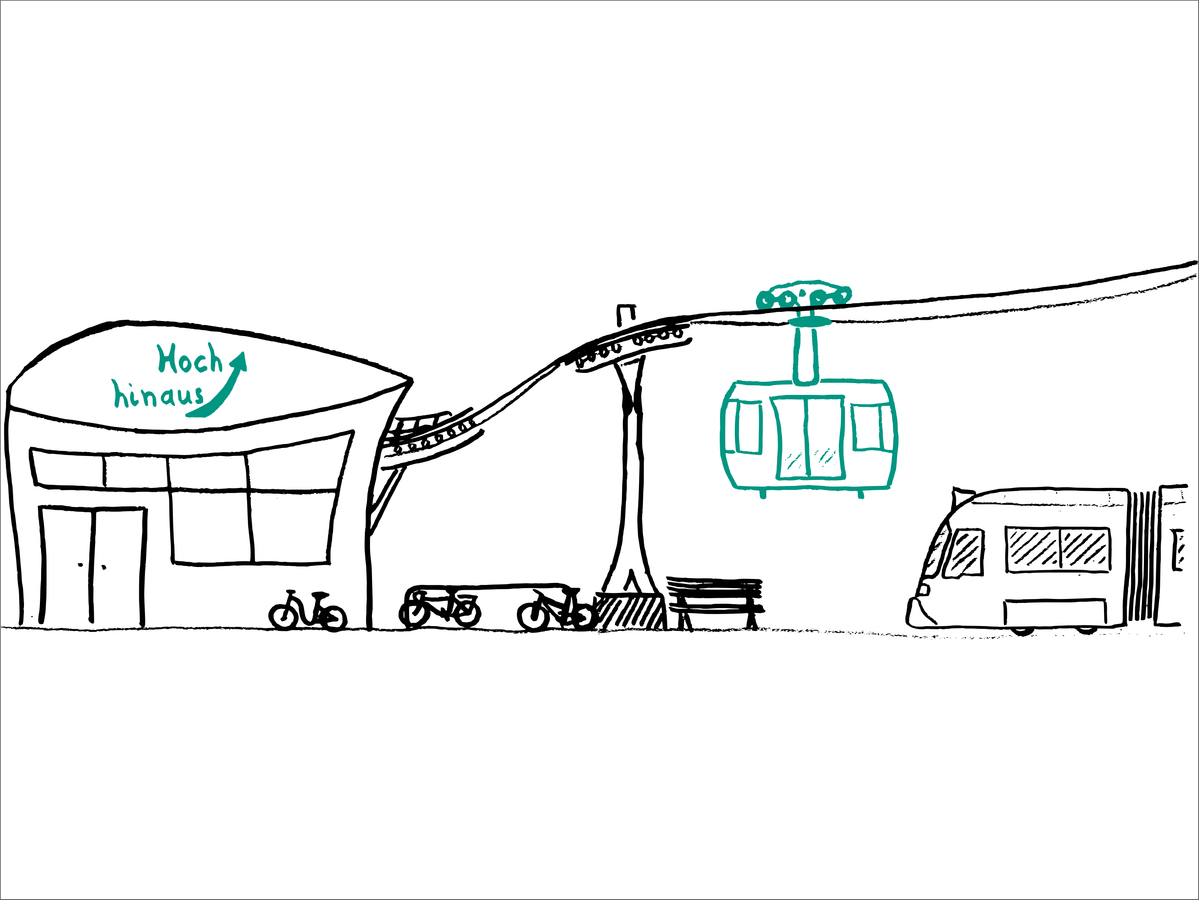Project on urban ropeways completed
From 2016 until 2018, ITAS together with the Institute for Transport Studies at KIT worked on the project “Hoch hinaus in Baden-Württemberg”, funded by the Ministry of Transport Baden-Württemberg, analysing potentials and barriers for ropeways as a means of public transport.
In a first phase, we looked at the general possibilities to apply urban ropeways. In the following, we asked citizens and experts in three exemplary cities in Baden-Württemberg (Stuttgart, Konstanz, and Heidelberg) about their perspectives on urban ropeways.
Significant potential – but no magic bullet
Project reports and recommendations are now available, documenting the project’s results. The recommendations provide a summary of the most important results and suggestions for local authorities, transport companies, or policy actors on how to deal with the topic of urban ropeways.
A central research result is that urban ropeways are no magic bullet for urban traffic problems. The usefulness of a given project crucially depends on local conditions. However, the openness we found suggests that profound analyses seem worthwhile, despite existing uncertainties in the planning process.
Recently, the following paper was published (free download until 8 August):
Reichenbach, Max.; Puhe, Maike
Flying high in urban ropeways? A socio-technical analysis of drivers and obstacles for urban ropeway systems in Germany. Transportation Research Part D: Transport and Environment, 61(B) (2018), 339–355. https://doi.org/10.1016/j.trd.2017.07.019
(02.08.2018)
Further information:
- Project description (in English) and download of results (in German)


